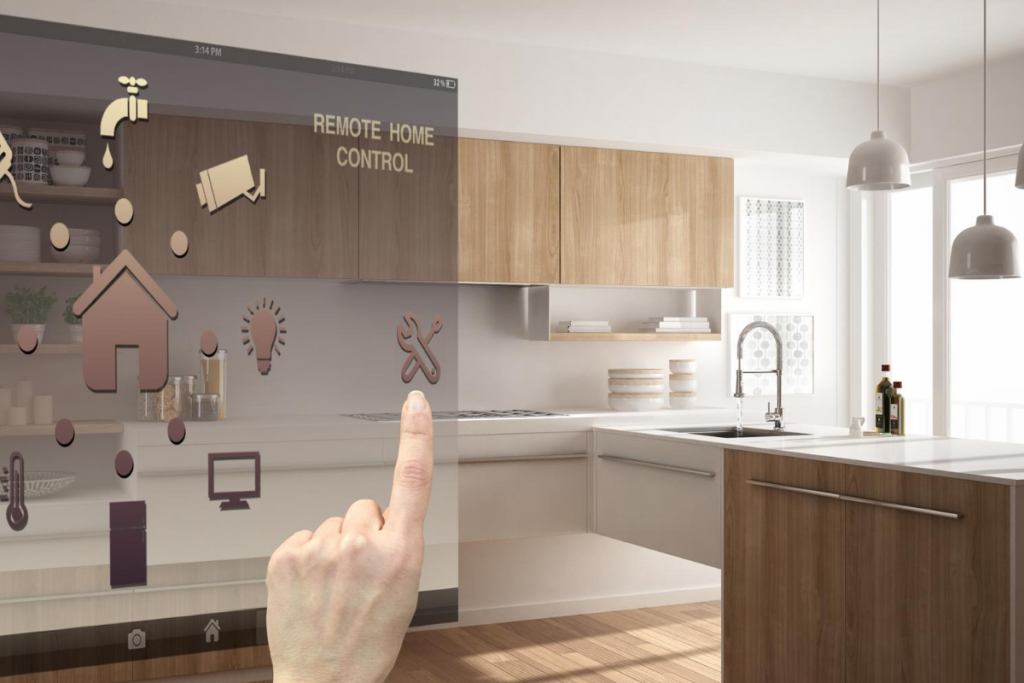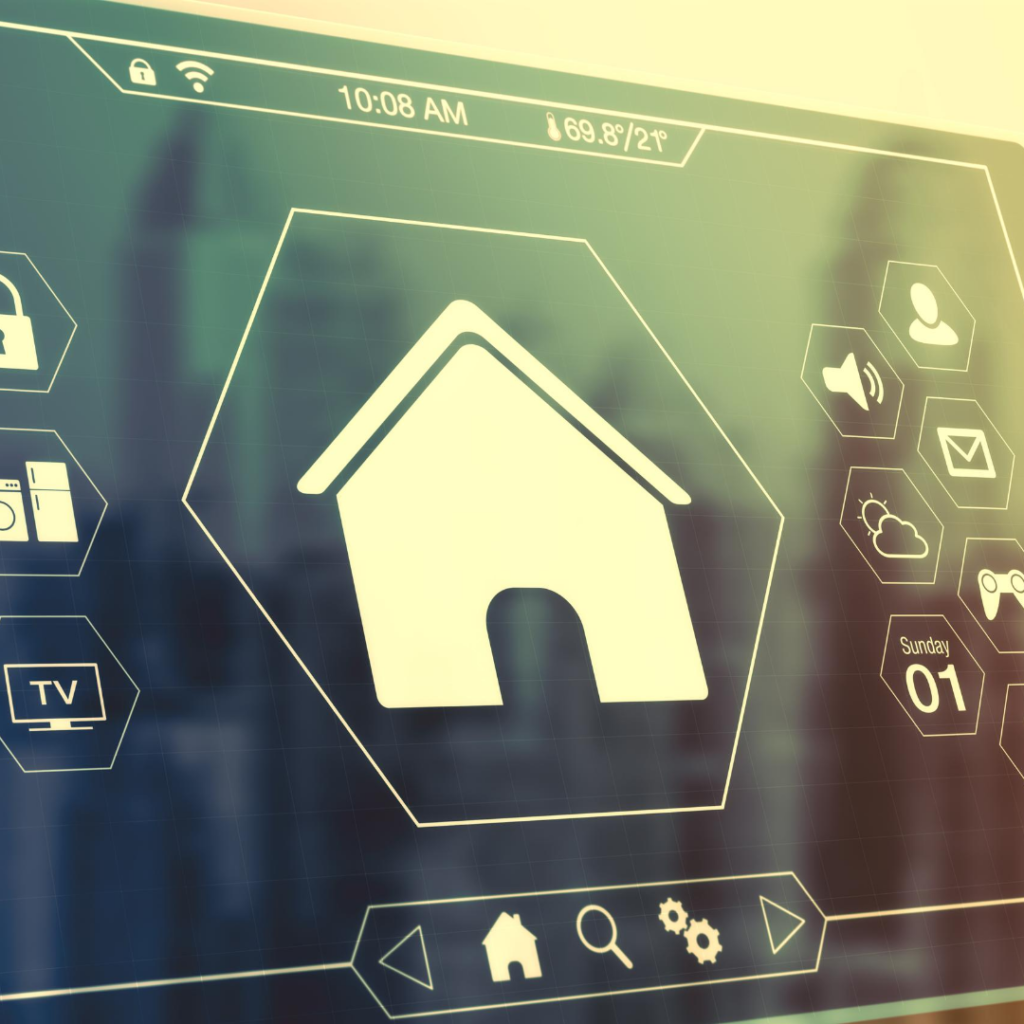A smart home refers to a home setup where appliances and devices can be automatically controlled remotely from anywhere with an internet connection using a mobile or any networked device. In a smart home devices are interconnected through internet allowing the users to control functions such as security access to the home, temperature, lighting, and a home theater remotely.
Everyone is looking to save energy these days. While it seems obvious that the simplest way to save energy is just to use less, in practical terms it can be a lot more difficult. Smart home systems and devices help save energy by allowing the user to monitor and control energy usage in new ways.
An intelligent house control can save up to 35 to 40 percent of heating costs. That is certainly the ideal scenario. After all, heating costs depend on many factors and therefore many manufacturers report savings of up to 30 percent per year which seems a realistic and achievable value. The first step to a more energy efficient smart home though is still bricks and mortar: If one is starting out with a house built 40, 50 or more years ago better efficiency in terms of better insulation and windows are the first thing to do. When the cracks are sealed that is when optimization can really make an impact on energy expenses and using smart home systems will make a difference.
How can smart home systems help control power consumption?
A big trend in the smart home sector is already visible today: home owners produce their own electricity by means of a photovoltaic system on the roof. To ensure that it is not up to the weather to decide whether enough power is available smart home technologies come into play. In the future the intelligent control of building services will ensure that unused electricity is either stored or used for devices whose power supply can be shifted in time.
What are the possible uses of smart home for power consumption?
When saving power the rule goes: better turn off the devices completely than letting them run in stand-by mode. Most people do not know which electronic devices in their home use the most energy. Anyone who wants to get detailed with their consumption needs to get smart adapter plugs or wall buttons. With an adapter plug, users turn any electrical appliances on or off completely or measure the consumption to identify unknown power guzzlers. In smart home apps users can even see on-the-go if the devices which should be switched off are switched off – and can even turn them off remotely if necessary. Or residents deactivate all unnecessary electrical appliances with a single push-button when leaving their home.
How do smart home systems control the heating?
A smart thermostat is a fundamental part of any energy management system because a home’s heating and cooling system is one of the biggest energy consumers in the house. Smart home systems make many heaters programmable. If home owners are not present at certain times during the day, their radiators will automatically shut down. If they arrive home sooner than planned, they can access their smart home via an app on the go. For example it is not necessary to run the heating when nobody is at home during the day. But even when airing the heater does not have to be on. When the window is open, the heating in a networked home automatically settles down. Of course the heating can also be controlled manually whenever necessary.

Smart Home Devices For More Energy Responsibility
The devices’ respective apps in smart homes allow users to track energy usage over time. They can also get an estimate of how much they are paying for whatever they have plugged in. By and by this will have an impact on consumer behavior and will help people to be more energy conscious and, in the long run, responsible.
What do The Smartest Devices and Apps Do?
There are definitely degrees of intelligence in smart home devices and apps.Check out what
the smartest devices and apps do?
Monitor
Smart Devices maintains home operations, safety, and security 24/7.
Alert
Homeowners to security breaches and unsafe conditions such as carbon
monoxide build up.
Secure
The home with digital locks, motion sensors, and webcam surveillance of the
interior and exterior.
Control
Home systems like lighting, temperature settings, and door locks via the
Internet.
Respond
To commands by remote control.
Compile
Data on home operations and resource usage such as electricity usage
important data for those who generate their own power and sell power back to
the grid. Some devices and apps can track electricity usage by appliance so
homeowners can identify which appliances use the most and when.
Learn
Usage patterns such as thermostat settings for waking and sleeping hours
and report anomalies like a thermostat set too high.
Schedule
Appliances to run at specified times such as running the dishwasher or clothes
washer and dryer during off-peak hours.
Sense
The presence or absence of occupants, adjust lights and raise or lower temperature settings.
Integrate
Home systems such as security and alarms.
Surely, smart homes are very beneficial to save energy and control power consumption.
READ ALSO:
Why choose to replace your appliances with efficient ones?



